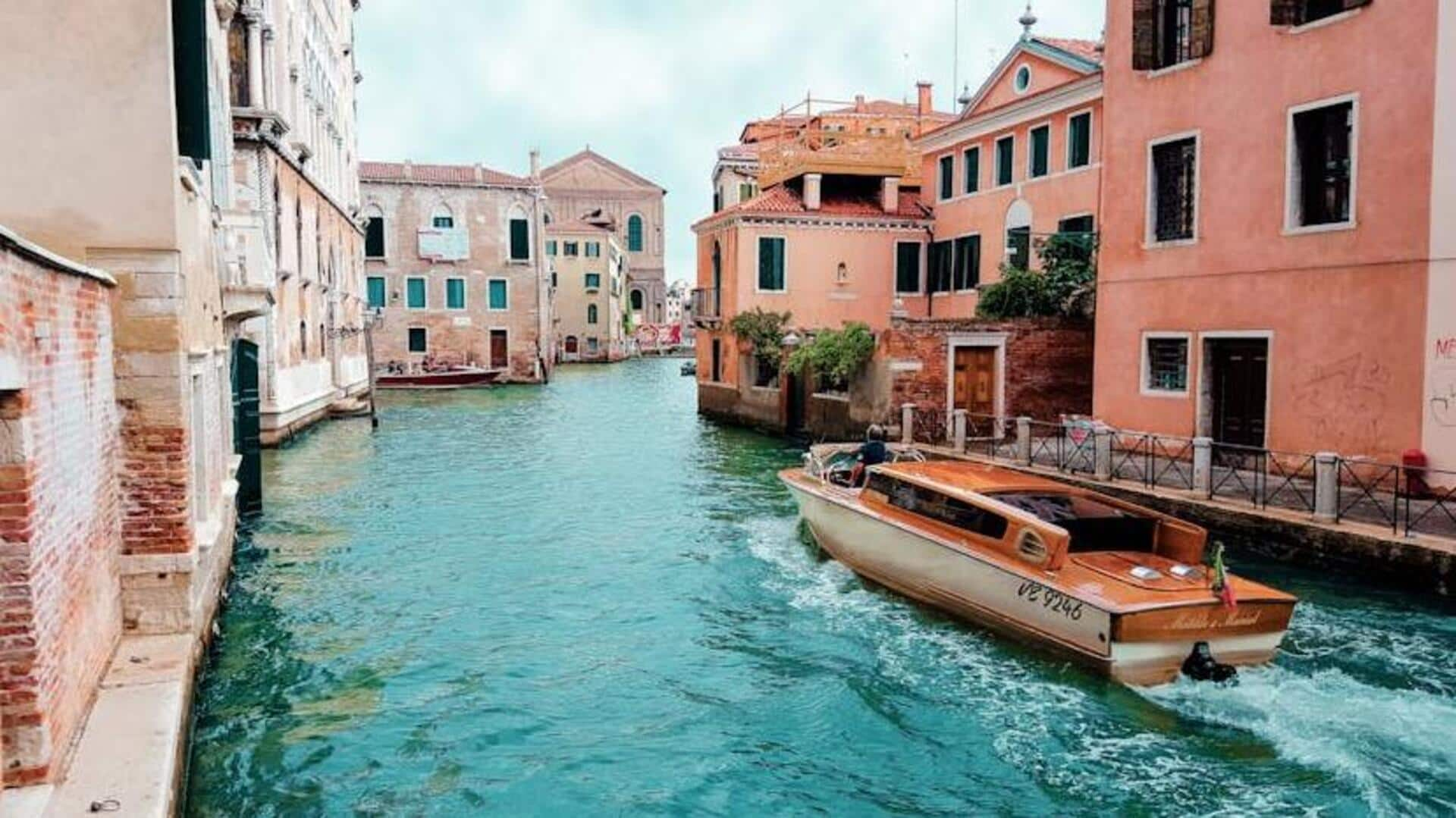
Venice: A city of water and wonders
What's the story
Venice, Italy, is a city unlike any other, with its intricate canals, historic architecture, and vibrant culture. It draws millions of visitors each year. However, there are times when visiting might be less enjoyable due to overcrowding, adverse weather conditions, or local festivities. Being aware of these periods can help you plan a more pleasant trip to this enchanting city.
Peak season
Overwhelmed by tourists: Summer months
Venice's peak tourist season spans the summer months from June through August. During this period, the city overflows with visitors, leading to extensive queues at popular attractions and inflated prices for both accommodations and services. Additionally, the combination of high temperatures and humidity makes exploring Venice less enjoyable, as the oppressive heat can significantly detract from the overall experience.
Flooding season
Acqua alta: The high water phenomenon
From October to January, Venice often faces the "Acqua Alta" or high water phenomenon. This occurs when tides rise significantly above sea level, causing parts of the city, including the iconic St. Mark's Square, to flood. While witnessing this natural event can be fascinating, it also hinders movement around Venice and limits access to certain areas, affecting the overall experience.
Hottest month
Escaping the heat: Avoid August
August in Venice is not only crowded but also exceptionally hot, marking it with some of the year's highest temperatures. This heat can make navigating the city's narrow streets and open squares a daunting task. Additionally, many locals take their holidays during this time, leading to a noticeable number of closed shops and restaurants, which might limit dining and shopping options for visitors.
Festival times
Venetian festivals: Crowds galore
Venice is renowned for hosting spectacular festivals, notably Carnevale in February or March, depending on Easter's timing, and Festa del Redentore in July. These vibrant events attract vast crowds from all corners of the globe. For those seeking a more tranquil visit to Venice, it is advisable to steer clear of the city during these bustling festival times.
Cold season
Winter dampness: Not ideal for sightseeing
The winter months, November to February, bring cold and dampness to Venice. Fewer tourists might make it seem appealing, but the chilly weather can dampen the experience, especially for those looking forward to gondola rides or island hopping. Despite Venice's charm and history, avoiding these months can enhance your visit by dodging bad weather and limited activities.